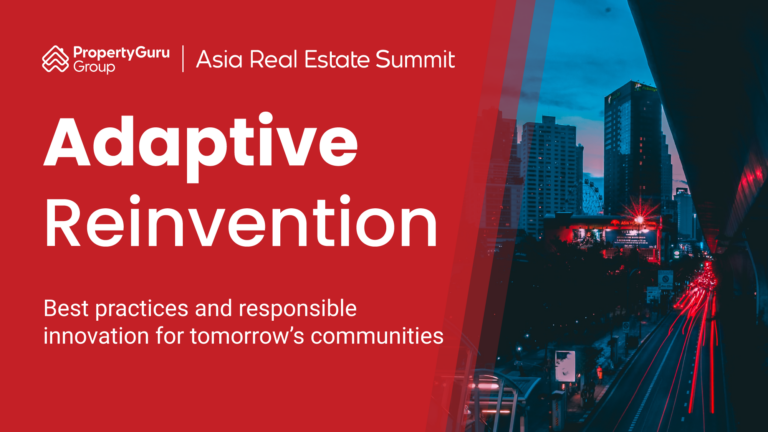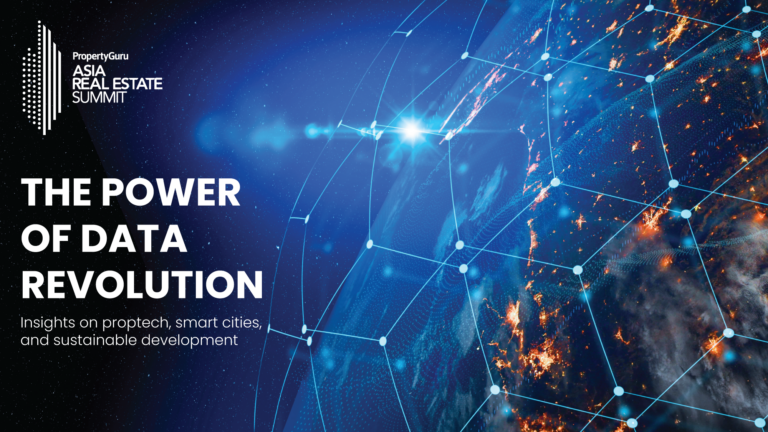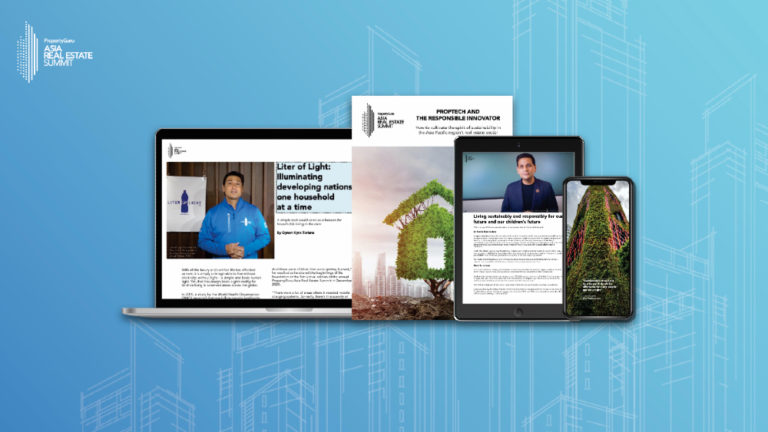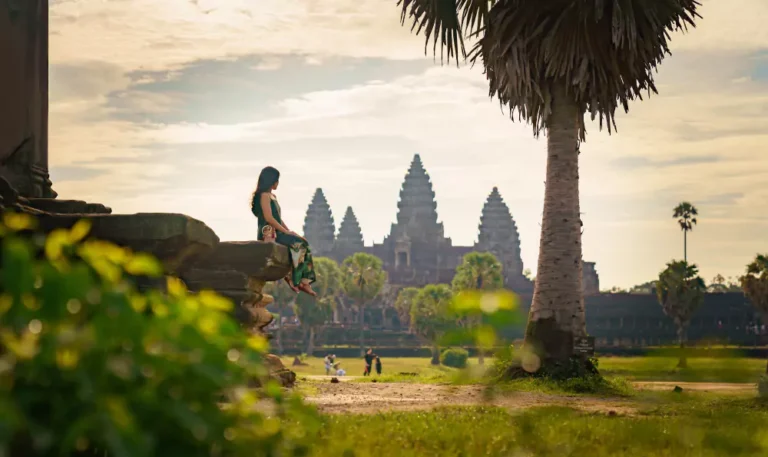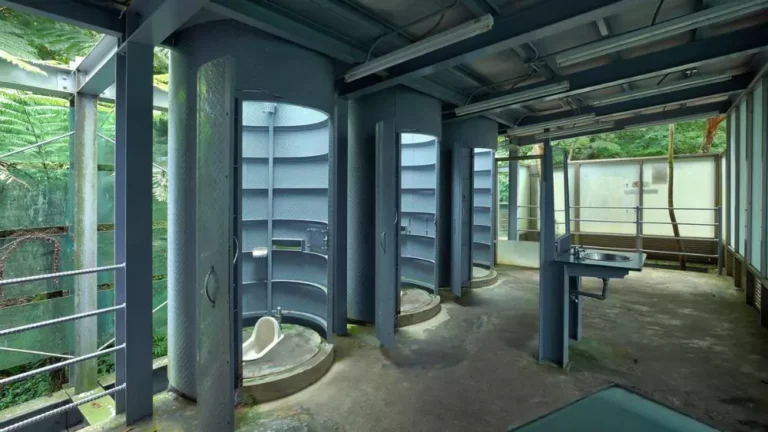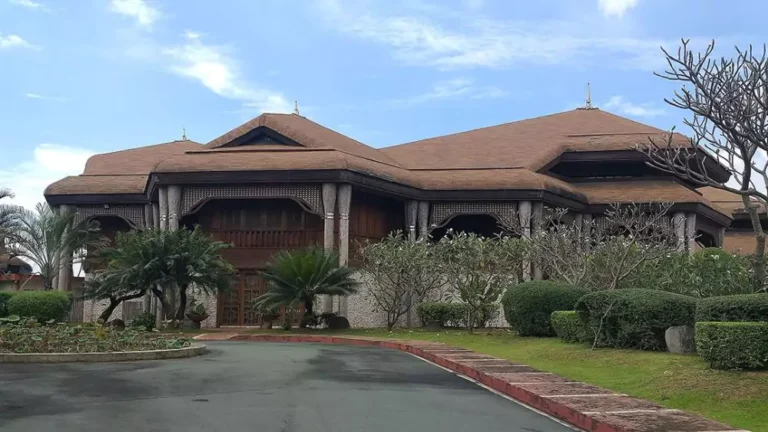Meet the architect transforming Asia’s retail spaces with nature-inspired designs
David Buffonge, a co-founder of international design firm Lead8, shares his opinions on how to tackle design challenges creatively and improve built environments around Asia

David Buffonge is co-founder and executive director of the Hong Kongfounded architecture and design firm Lead8. The company specialises in commercial mixed-use developments and is involved in the retail architecture and interior design for One Bangkok, a megaproject in the Thai capital slated to open later in 2024.
The nearly USD4 billion development is one of the largest mixed-use projects in Asia, with hotels, offices, residential, retail, and more, including multiple towers spread over 16.7 hectares.
Buffonge, a British national who has been based in Hong Kong for more than two decades, says his firm wanted to create something “very unique” with One Bangkok by weaving in nature and landscaping in new and distinctive ways while drawing inspiration from Lumpini Park—the “Central Park of Bangkok,” as he describes it—which is situated across the street.
“The vision was to bring the landscape onto the edges of the building, to all the balconies, terraces and rooftop gardens. And not just the decorative landscape but a proper ecosystem where birds and butterflies and other sorts of nature can interact with the façade, and the building can be one with the environment,” he says.
Lead8 won multiple awards at last year’s PropertyGuru Asia Property Awards for developments in Hong Kong, Shanghai, and elsewhere. Following the successful completion of the retail design for One Bangkok, Buffonge says his firm is eying more global expansion.
“We will continue to grow in Asia; it’s an exciting time here,” he says. “And we are also involved in opportunities taking us to different parts of the world as our expertise draws us further abroad.”

What is your core design philosophy, and how do you integrate it into your projects?
We like to summarise our approach using three words: people, culture, and nature. Our designs centre on creating places that are people-centric, walkable, fluid, and intuitive to navigate. The cultural element is vital as well: to establish a sense of place and local identity and make the project distinct and unique to that destination. And, of course, nature brings in the landscape and biodiversity to create environmentally friendly places that are important today.
Lead8 won several honours at the latest PropertyGuru Asia Property Awards. What made these projects stand out, in your opinion?
MixC Nanjing was very successful this year and we believe this is because of the project’s unique connection with its local heritage. The site sits within a 700-year-old district and is home to an original Yunzhang Guild Building that has been preserved at the heart of the development. Our approach was to unite culture and history and celebrate this as a focal point. We worked closely with an artist to do some beautiful large-scale installations, and with the landscape designers to bring further cultural relics to life throughout outdoor streets.
The direction also turned the concept of a shopping mall inside out. We think shopping malls and shopping centres are dated concepts—we prefer to see these developments as ecosystems and interconnected communities. With MixC Nanjing, it was very much about creating a street precinct, bringing in natural light, drawing influence from local architecture, injecting art, sculpture, and trees, and fostering a strong connection with the site and its historic surroundings.

And what about 11 SKIES?
11 SKIES is an enormous project, and it will completely transform the area surrounding Hong Kong International Airport once it is fully complete. While it has 3.8 million square feet of mixed-use and retail space, we don’t call it a shopping mall. This is an integrated ecosystem of transport, entertainment, dining, retail, leisure, and workplace experiences.
The first phase has already opened with K11 ATELIER 11 SKIES, a trio of sustainable office towers flexibly designed for different sectors and organisations. We are now awaiting the next phase to complete which will see multiple worldclass entertainment attractions open to the public.
You mentioned shifting away from the “shopping mall” concept. What’s driving that?
These ideas started to rise before Covid, and then, accelerated quite quickly afterwards. During Covid, people felt locked away, and so there was a desire to be outside again, enjoying natural light, socialising and experiencing the environment around them.
There is a real human desire to be amongst nature and outdoors. People want to be around trees and plants, to feel the breeze, and see the sky. This has sparked a new era of retail design, where as much as possible the larger components of retail development are outdoors.
We can sometimes forget about the power of our local environments, and if you can harness them, it can also save tremendous amounts of energy and contribute to our overall well-being.

How do your projects try to achieve that?
We have a philosophy called the “Fifth Season”, which helps to address the idea of creating environments that feel as if they’re outdoors or semi-outdoors, and at the same time comfortable for people to inhabit.
There are many ways and variations as to how we can do this. When you’re responding to different environments, weather, and climates, you are always finding new ways to achieve the same goal. Some of our strategies look at indoor biophilic domes, creating outdoor streets and precincts, and in one case, submerging an entire retail development beneath a vast parkland.
There is a human desire to be amongst nature and outdoors. People want to be around trees and plants, to feel the breeze, and see the sky. And this has sparked a new era of retail design
In what ways do you create living ecosystems with your designs?
More and more, we are working alongside urban ecologists who can help us bring in species of plants that attract local wildlife. This might include flowering plants that attract bees, or trees with fruit that attract birds. The goal is to create places that allow humans and nature to thrive in an environment, and for the landscape to be more than just decorative.
We’ve all been in buildings where there are trees, but they don’t move because there is no wind or air movement inside. When we start to open our buildings to the natural elements, suddenly the branches start moving, there are shadows on the floor, and a butterfly may pass you by. It is these kinetic and real experiences that emotionally connect people to places.

What are some of the unique aspects of operating in China?
We are seeing city governments being very proactive in taking on the challenges of creating greener cities. And have been pushing the realms of possibility, which has created exciting opportunities for us as designers. There is a very strong interest in preservation, adaptive and creative reuse, and urban regeneration projects, which are a large part of the sustainability agenda and one that we are happy to be playing an active role in.
It’s quite fascinating to see how these cities have transformed. Electric cars, for example, have made a huge difference. I was in Shanghai this year and was taken aback at how quiet the streets are. Historically, people may have thought of Chinese cities as noisy and polluted, but now it seems the rest of the world needs to catch up to their level of innovation.

The original version of this article appeared in PropertyGuru Property Report Magazine Issue No. 186 on issuu and Magzter. Write to our editors at [email protected].
Recommended
Meet the architect transforming Asia’s retail spaces with nature-inspired designs
David Buffonge, the cofounder of Hong Kong-based Lead8, has strong opinions on how to improve built environments around Asia
ARES White Paper Volume 3: The era of adaptive reinvention
Pioneering sustainable and innovative practices in urban development
ARES White Paper Volume 2: Unravelling the power of data revolution in real estate
Insights on proptech, smart cities, and sustainable development
ARES Digital White Paper Volume 1: The fundamentals of responsible building
Green and climate heroes join forces to discuss how Asia Pacific can weather the current environmental crises and the looming effects of climate change

